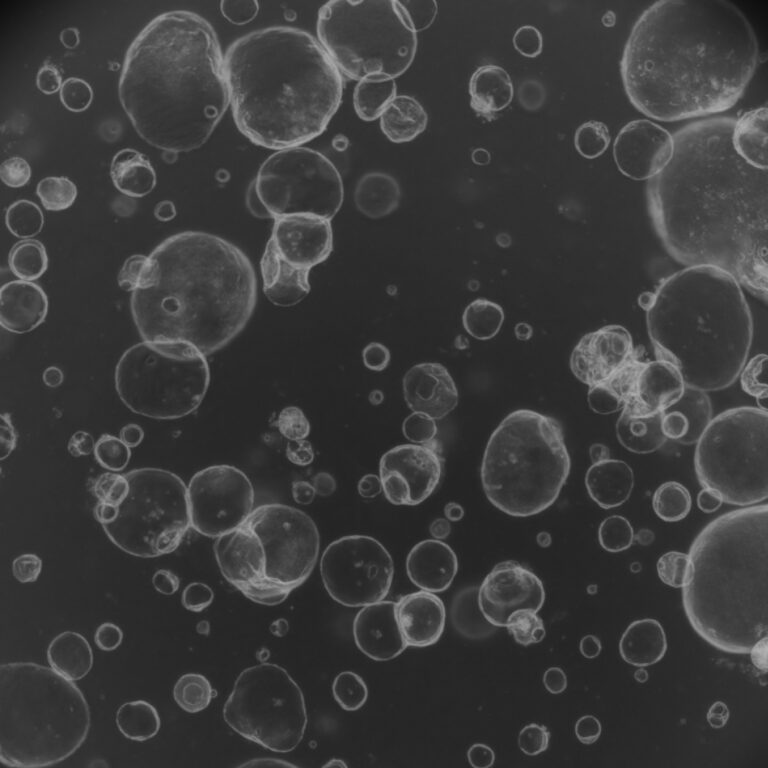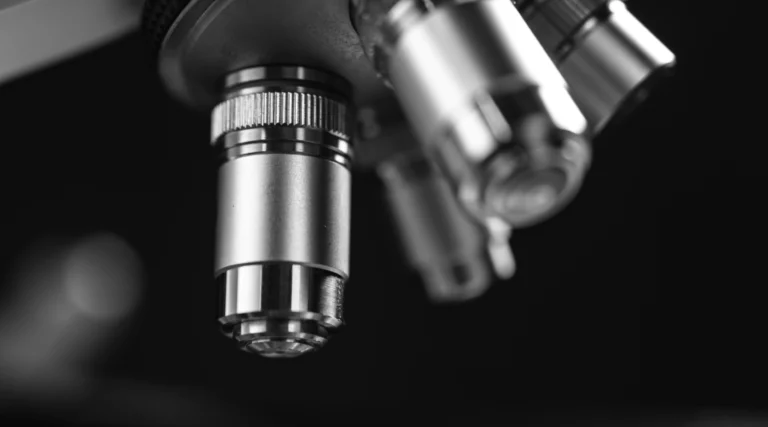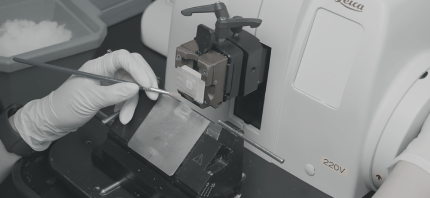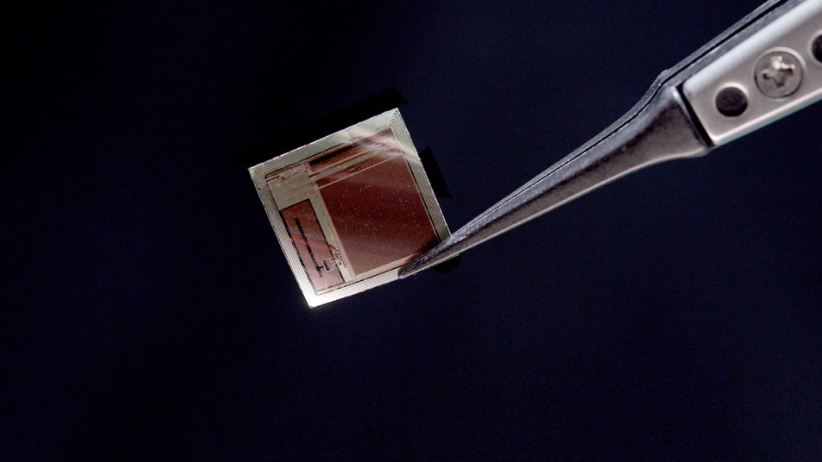Human blood vessel organoids (hBVOs) provide a promising platform for researching vascular diseases and identifying therapeutic targets. This study focuses on in vitro modeling and therapeutic target discovery for cerebral autosomal dominant arteriopathy with subcortical infarcts and leukoencephalopathy (CADASIL), a common hereditary stroke disorder caused by NOTCH3 gene mutations. Although the mutations are known, the underlying pathological mechanism and effective treatments remain unclear. CADASIL affects blood vessels in the brain, leading to ischemic strokes, migraines, and dementia.
Using CRISPR/Cas9 base-editing technology, the researchers generated human induced pluripotent stem cells (hiPSCs) with Notch3 mutations, which were differentiated into hBVOs. The NOTCH3-mutated hBVOs exhibited CADASIL-like pathology, such as reduced vessel diameter and mural cell degeneration. They also observed accumulation of Notch3 extracellular domain (Notch3ECD), increased apoptosis, and cytoskeletal changes.
Treatment with ROCK inhibitors partially restored the connection between endothelial and mural cells in the mutant hBVOs. These findings provide insights into the pathogenesis of CADASIL and highlight the potential of hBVOs for studying and developing treatments for this debilitating human vascular disorder.
Keywords: organoids, blood vessel organoids, CRISPR, vascular disorders




